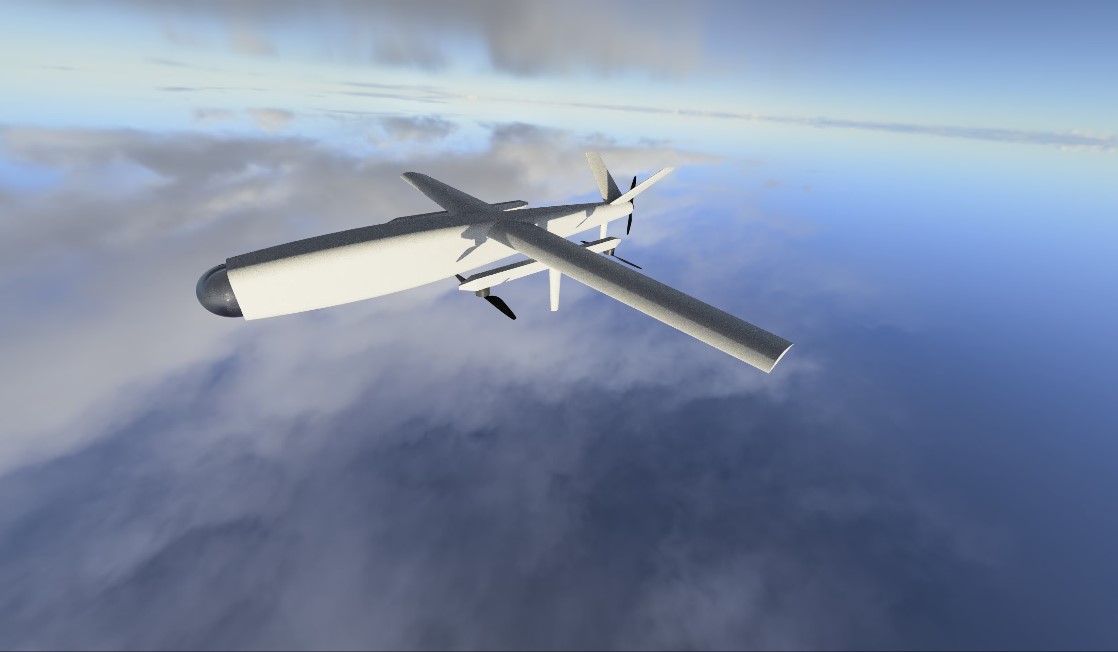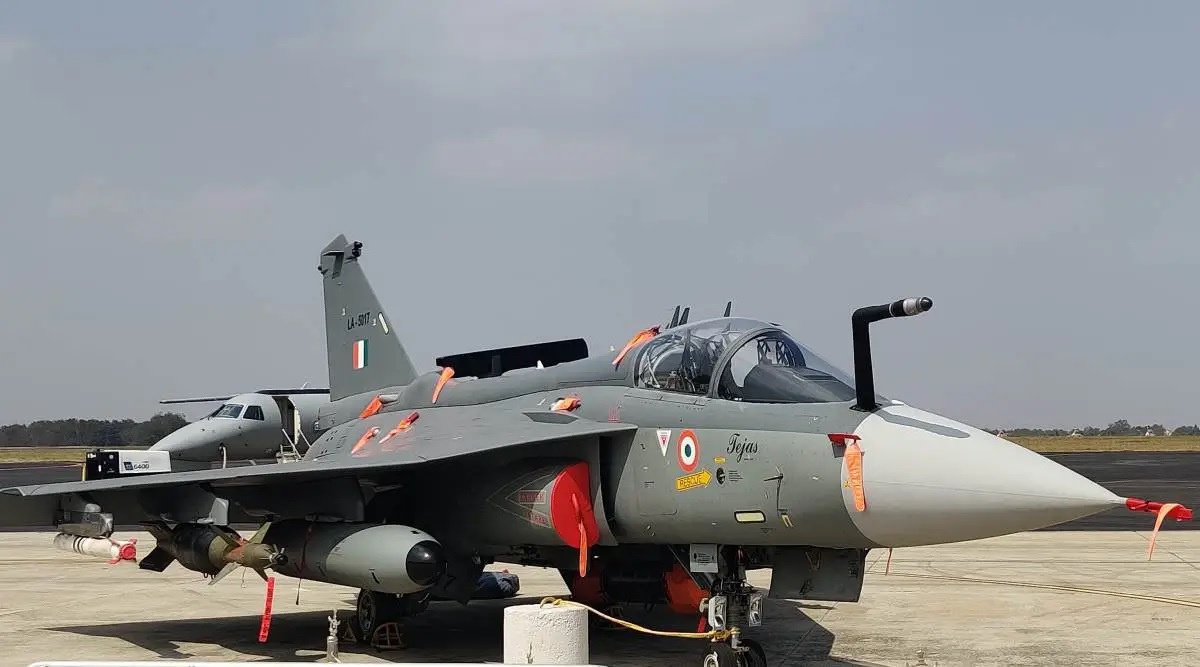Flying Wedge's Ambitious UAV Project: Aiming to Outgun Pakistan's F-16 and JF-17 Thunder

Flying Wedge Defence & Aerospace (FWDA), a rising Indian company founded by Suhas Tejaswini, has made waves in the defence sector with its recent announcement. The company revealed its ambitious plan to develop an unmanned aerial vehicle (UAV) capable of taking on Pakistan's advanced fighter jets, specifically the F-16 and JF-17 Thunder. This bold statement has sparked widespread interest and speculation, as success in this venture could transform the future of air combat for India.
The challenge of building a UAV with such advanced capabilities is monumental. Pakistan’s F-16 fighter jets, purchased from the United States, are known for their agility, firepower, and battlefield prowess. Meanwhile, the JF-17 Thunder, developed in collaboration with China, is a versatile multi-role fighter that Pakistan has actively used in its air force. Creating an unmanned system capable of neutralizing these aircraft demands cutting-edge technology, precise engineering, and significant financial investment. However, the strategic benefits of succeeding would give India a tremendous advantage in the skies.
FWDA’s vision to create a combat UAV emphasizes India’s growing focus on self-reliance in defence technology. Historically, India has imported a large percentage of its defence equipment, but recent years have seen a push toward domestically produced systems. Flying Wedge’s project aligns perfectly with the Indian government's "Make in India" initiative, which aims to position the country as a global hub for defence production.
While Tejaswini did not commit to a specific timeline for the UAV's development, the announcement itself is a clear signal of India’s ambition to stay ahead in the evolving landscape of aerial warfare. A UAV capable of dogfighting with fighter jets like the F-16 and JF-17 would not only boost India’s defensive capabilities but could also pave the way for exporting such high-tech systems to other countries.
The complexity of developing such a UAV cannot be understated. It will likely incorporate stealth technology, high-speed propulsion, advanced missile systems, and sophisticated radar or sensor suites. It’s expected that the UAV will be equipped with beyond-visual-range (BVR) air-to-air missiles, similar to the ones found on India's existing fighter jets like the Sukhoi Su-30MKI or the Tejas. These missiles would allow the UAV to strike enemy aircraft from a distance, neutralizing threats before they even enter close combat range.
Another crucial feature will be the UAV's artificial intelligence (AI) systems. Modern air combat is increasingly dependent on data processing and decision-making at lightning speeds. AI-driven autonomous systems could allow the UAV to analyze enemy movements, react faster than a human pilot, and engage with multiple targets simultaneously.
Tejaswini’s announcement has naturally raised the question of how FWDA’s UAV will stack up against Pakistan's F-16s and JF-17s. These are battle-proven aircraft with a strong track record. Pakistan’s F-16s are especially formidable, equipped with advanced radar and missile systems. However, a well-designed UAV could have several advantages, including greater endurance (as unmanned systems don’t need to return to base as often), higher G-force tolerances (since there’s no human pilot to protect), and the ability to swarm opponents using multiple drones at once.
The implications of FWDA’s UAV could be game-changing for India’s defence capabilities. A successful system would not only allow India to counter threats from Pakistan but could also serve as a deterrent against other regional powers. Furthermore, it would underscore India’s growing prominence in the global aerospace and defence sectors.
As the world watches FWDA's progress, the next few years will be critical for the company. If Flying Wedge Defence & Aerospace can turn this vision into reality, India’s aerial combat strategies might never be the same.


